June 19, 2017
Businesses sound the alarm over Brexit as negotiations get under way 0
 The end of free movement of people from the EU will damage UK businesses and public service delivery unless post Brexit immigration policies take account of the need for both skilled and unskilled labour from the EU. This is a key message in new research from the CIPD, the professional body for HR and people development, and the National Institute of Economic and Social Research (NIESR). It also calls on businesses to broaden their recruitment and people development strategies to ensure they are doing all they can to attract and develop UK born workers, and highlights the need for significant changes to Government skills policy. The study joins a growing chorus of business leaders appealing for a rational approach to Brexit negotiations. Britain’s top business lobby groups have already come together to demand open-ended access to the European single market for as long as it takes to seal a final Brexit deal.
The end of free movement of people from the EU will damage UK businesses and public service delivery unless post Brexit immigration policies take account of the need for both skilled and unskilled labour from the EU. This is a key message in new research from the CIPD, the professional body for HR and people development, and the National Institute of Economic and Social Research (NIESR). It also calls on businesses to broaden their recruitment and people development strategies to ensure they are doing all they can to attract and develop UK born workers, and highlights the need for significant changes to Government skills policy. The study joins a growing chorus of business leaders appealing for a rational approach to Brexit negotiations. Britain’s top business lobby groups have already come together to demand open-ended access to the European single market for as long as it takes to seal a final Brexit deal.






 An increasing number of workers are taking on caring responsibilities, be this for children, elderly relatives or other dependents, and it’s becoming a major cause of workforce absence, claims new research. According to data released by group risk industry body GRiD, for 61 percent of employers these issues are a main cause of short-term absence (less than 4 weeks); for 49 percent of employers these issues are a main cause of mid-term absence (4 weeks to 6 months) and for 43 percent of employers these issues are a main cause of long-term absence (in excess of 6 months). They can also be a contributory factor in the development of mental illness or the deterioration of mental health. Indeed, mental ill-health is another major cause of absence, due to the knock-on effects of stress and deteriorating mental health that results in more absence. In terms of what employers are doing to reduce absence and improve attendance, flexible working comes out as the top-rated solution, with 36 percent of employers citing this as one of the measures they have put in place to minimise absence.
An increasing number of workers are taking on caring responsibilities, be this for children, elderly relatives or other dependents, and it’s becoming a major cause of workforce absence, claims new research. According to data released by group risk industry body GRiD, for 61 percent of employers these issues are a main cause of short-term absence (less than 4 weeks); for 49 percent of employers these issues are a main cause of mid-term absence (4 weeks to 6 months) and for 43 percent of employers these issues are a main cause of long-term absence (in excess of 6 months). They can also be a contributory factor in the development of mental illness or the deterioration of mental health. Indeed, mental ill-health is another major cause of absence, due to the knock-on effects of stress and deteriorating mental health that results in more absence. In terms of what employers are doing to reduce absence and improve attendance, flexible working comes out as the top-rated solution, with 36 percent of employers citing this as one of the measures they have put in place to minimise absence.



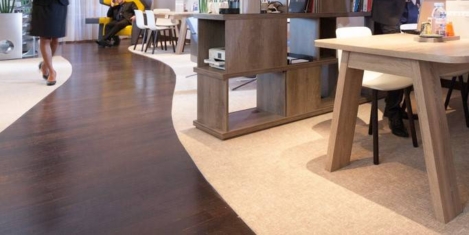
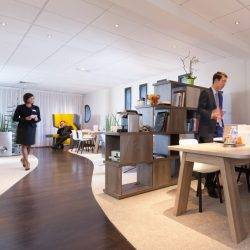






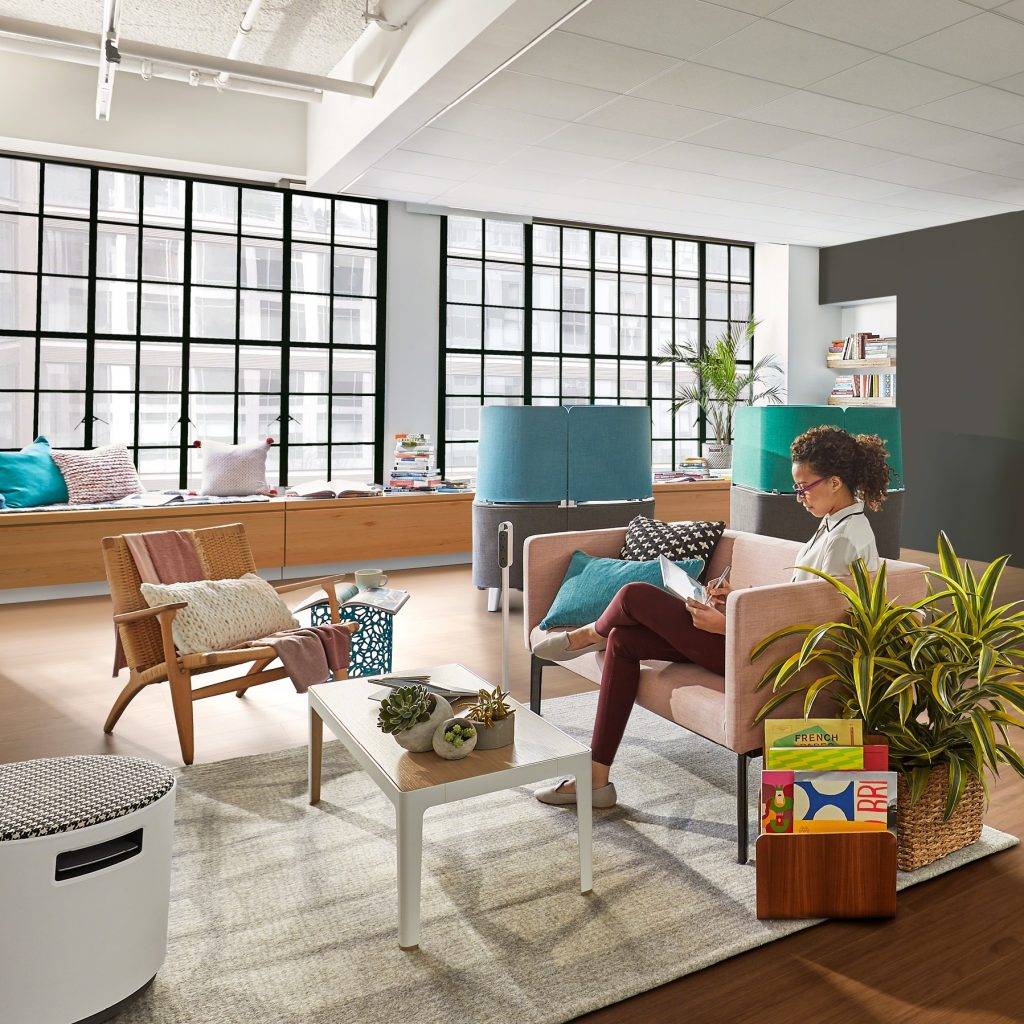
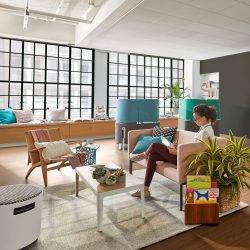
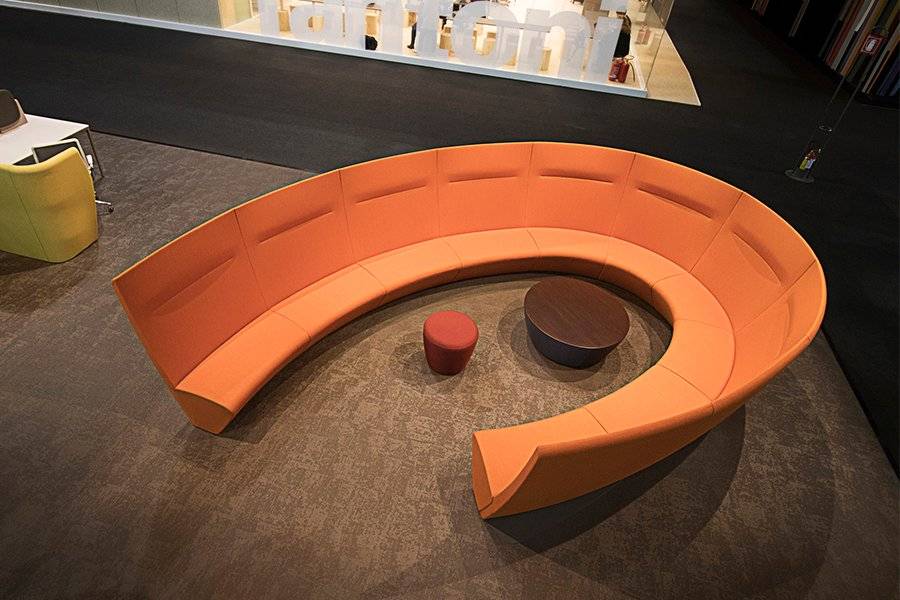
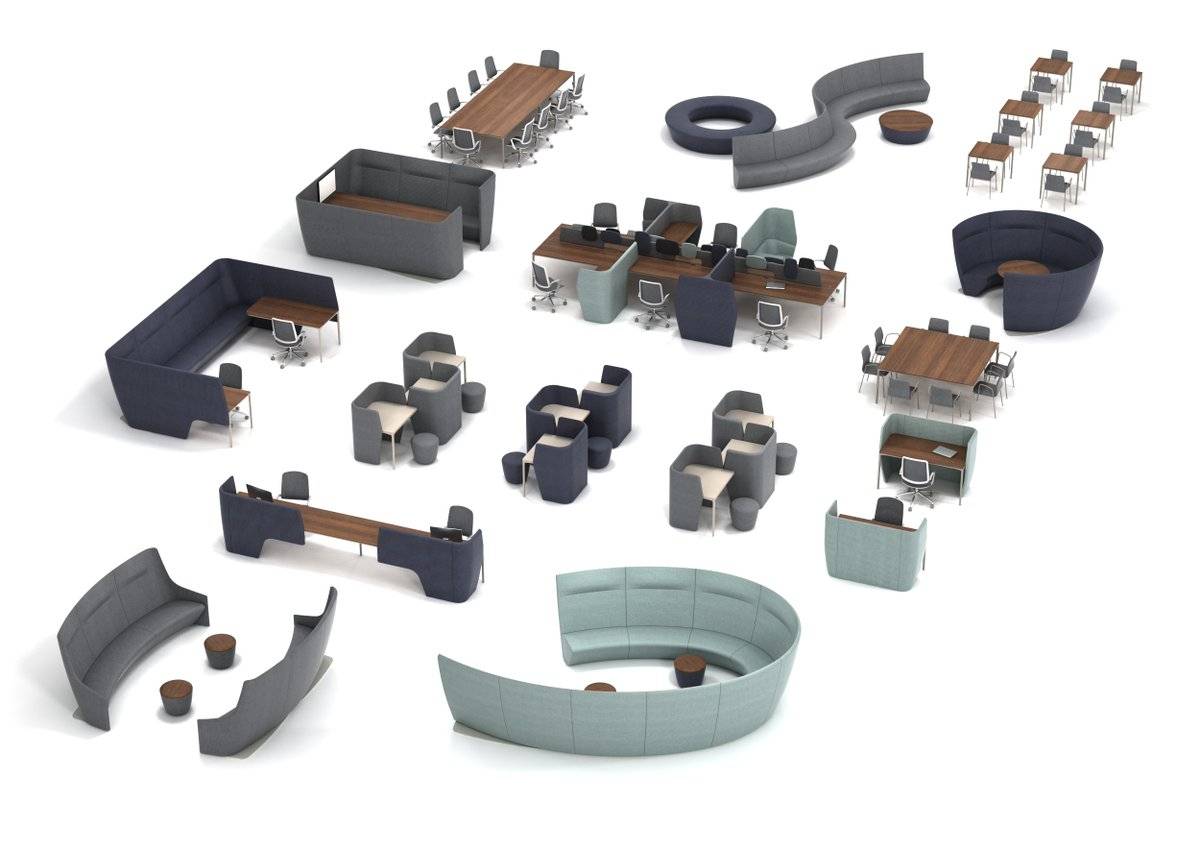
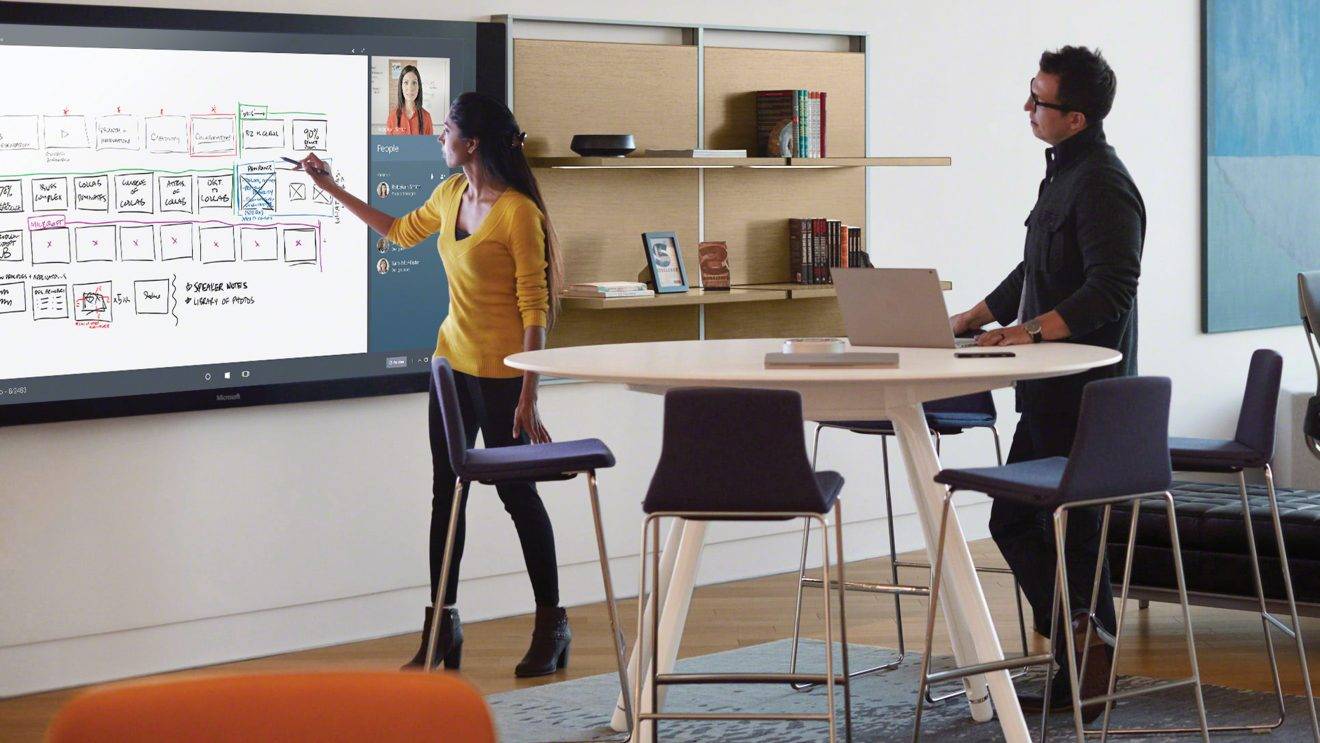

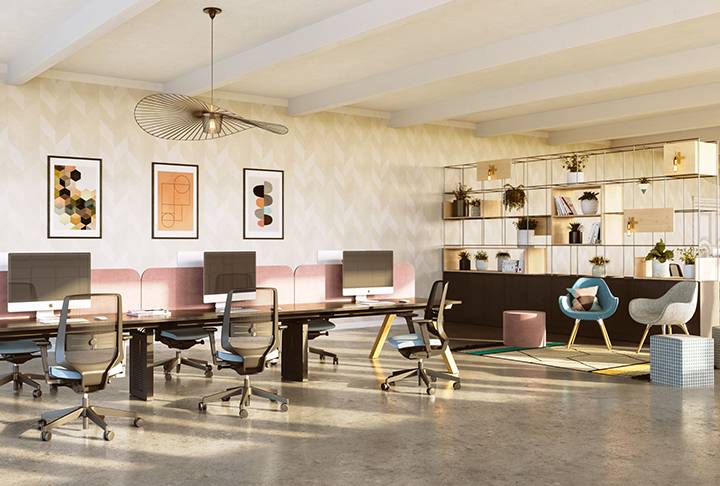
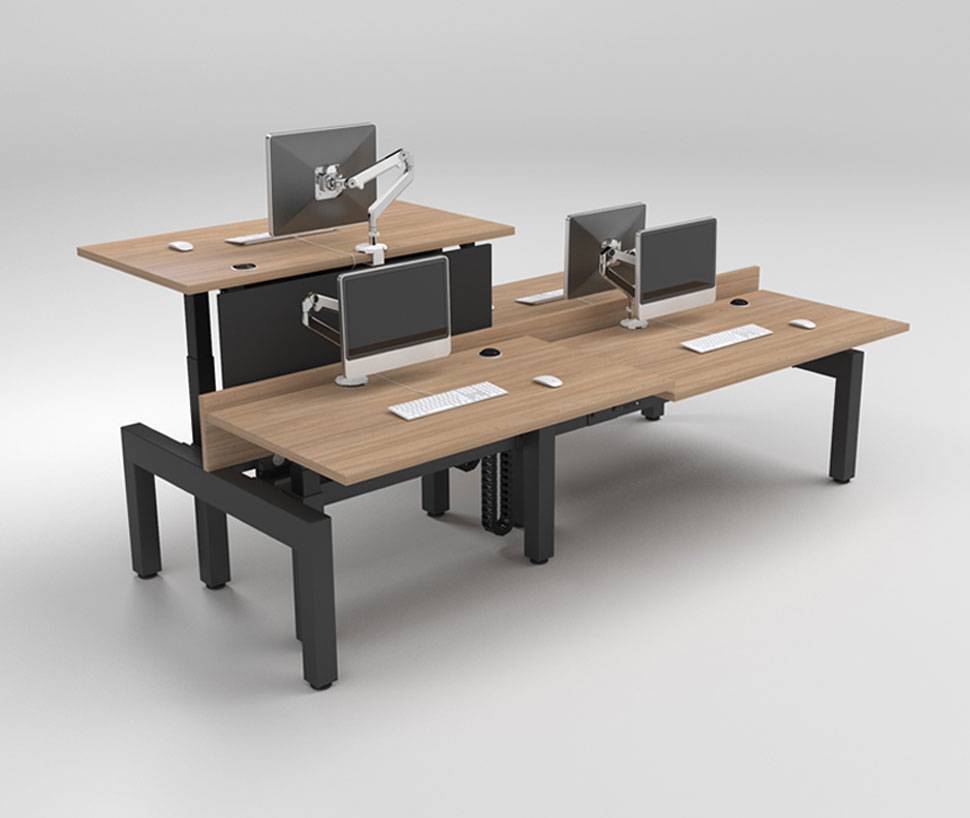



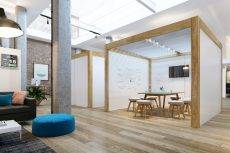
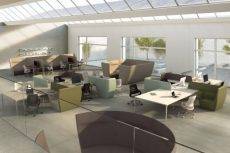
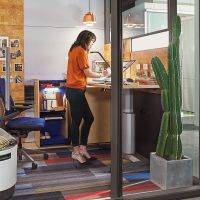

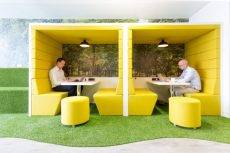








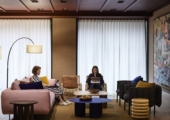



June 14, 2017
Workplace wellbeing is now embedded in the very bricks and mortar of the building 0
by Sion Davies • Comment, Wellbeing, Workplace design
(more…)